Amazing rare stars and mysterious galaxies photos
Unique pictures taken from space.
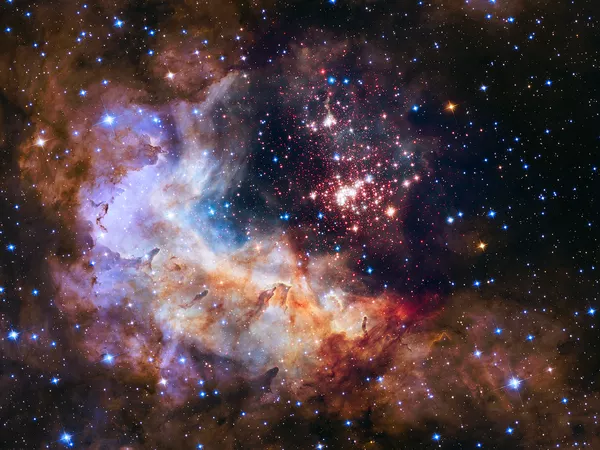 |
| Credit: NASA / ESA, the Hubble Heritage Team (STScI / AURA), A. Nota (ESA / STScI), and the Westerlund 2 Science Team |
The world famous Hubble Space Telescope, in honor of the 25th anniversary of its work in orbit, took a new picture, which captured a group of young stars, reminiscent of "sparkling fireworks". The star cluster, consisting of three thousand stars, is located 20 thousand light-years from Earth in the constellation Carina in the southern hemisphere of the sky. The group of stars is named Westerlund 2 after Swedish astronomer Bengt Westerlund, who discovered them in the 1960s.
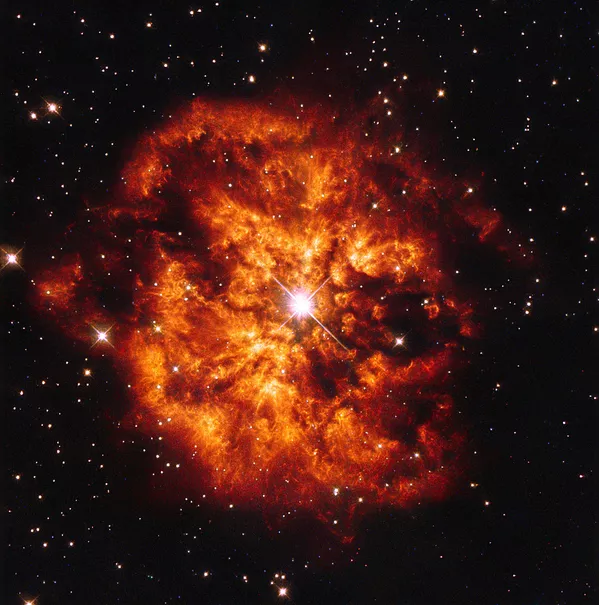 |
| Credit: Photo: ESA / Hubble & NASA, Acknowledgment: Judy Schmidt |
With the help of the Hubble telescope, scientists were able to obtain a more detailed image of an amazingly beautiful cosmic pair - a massive Wolf-Rayet star called WR 124 and the nebula M1-67. The first image of this pair was taken in 1998. Astrophysicists note that it was the star WR 124 that created the nebula M1-67 around itself. This pair is located at a distance of 15 thousand light years from Earth in the constellation Sagittarius. The mass of the luminary WR 124 is almost 20 times the mass of our Sun, it shines in the very center of the nebula, whose age is estimated at about 10 thousand years.
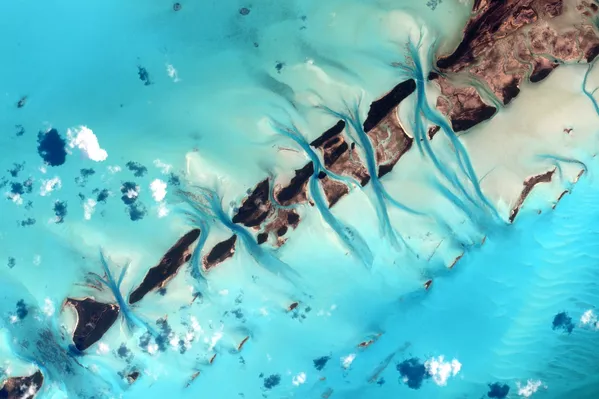 |
| Credit: NASA / Scott Kelly |
A snapshot of the Exuma group of the Bahamas taken by astronaut Scott Kelly from the International Space Station. This photo he posted on his Twitter page with the words "The watercolors of the Bahamas look refreshing almost always."
 |
| Credit: Photo: ESO |
The website of the European Southern Observatory (ESO) has published a new image of the spiral galaxy NGC 986, located in the constellation Fornax. Discovered by Scottish astronomer James Dunlop in 1826, this galaxy is rarely photographed due to its proximity to the famous Fornax Cluster. Galaxy NGC 986 is about 56 million light years distant from Earth.
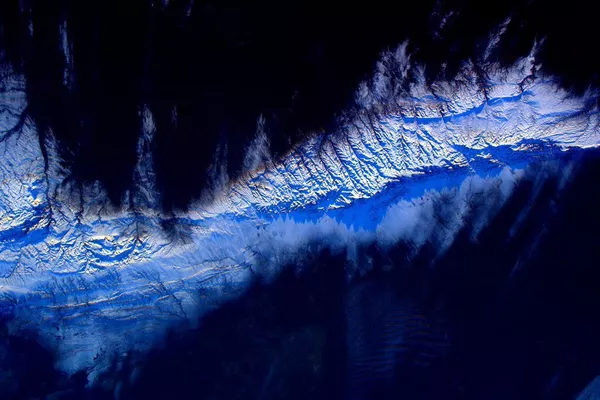 |
Image of Earth taken by astronaut Scott Kelly from the International Space Station. |
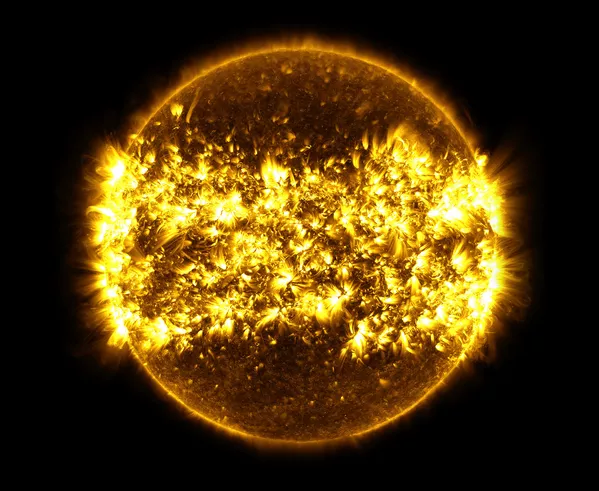 |
| Credit: Flickr / NASA's Goddard Space Flight Center / SDO / S. Wiessinger |
An image of the Sun combined from 23 separate photographs.
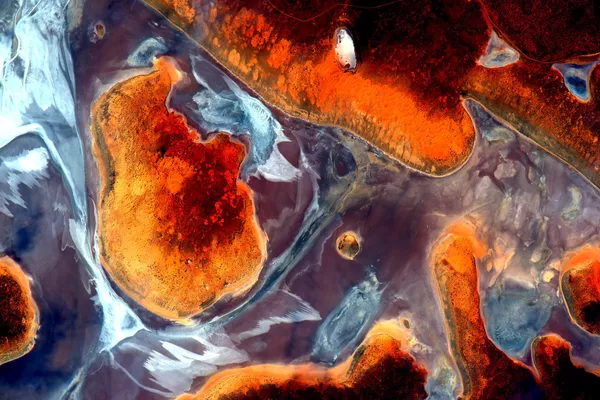 |
| Credit: NASA / Scott Kelly |
Photo of Australia taken by astronaut Scott Kelly from the International Space Station. This photo opens a series of topographic images of Australia that have become a real sensation on the Internet, since the images can be compared to works of abstract art.
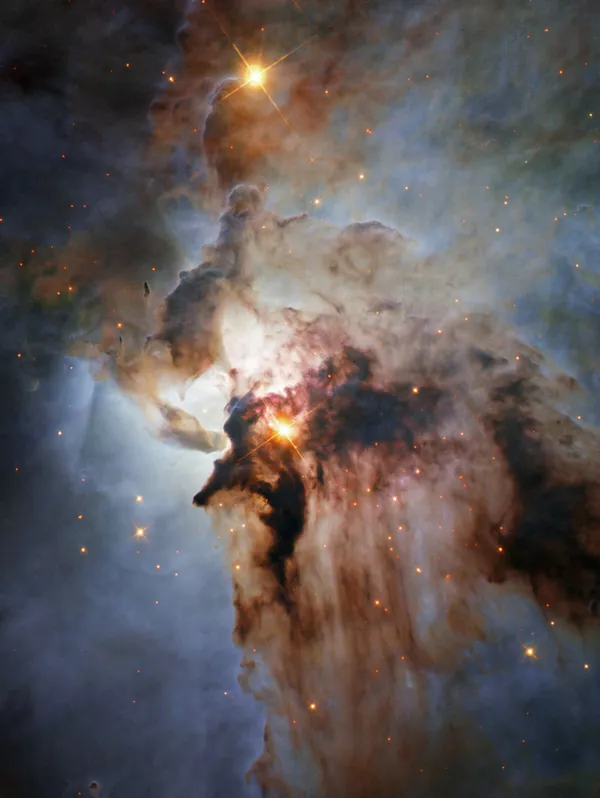 |
| Credit: NASA / ESA, J. Trauger (Jet Propulson Laboratory) |
A new and breathtaking view of the Lagoon Nebula or Messier 8, located in the constellation Archer, 5200 light-years from Earth, was created by scientists using the Hubble Space Telescope. The bright star in the center of the dark clouds of the Lagoon Nebula is Herschel 36, which is the main source of ionizing radiation for this part of the nebula.
 |
| Credit: Photo: NASA / JHUAPL / SwRI |
Color image of the dwarf planet Pluto and its largest moon Charon, published by NASA. The image was captured using special color filters. Color helps scientists understand the molecular composition of the ice on Pluto and Charon and estimate the age of geological objects, including craters.
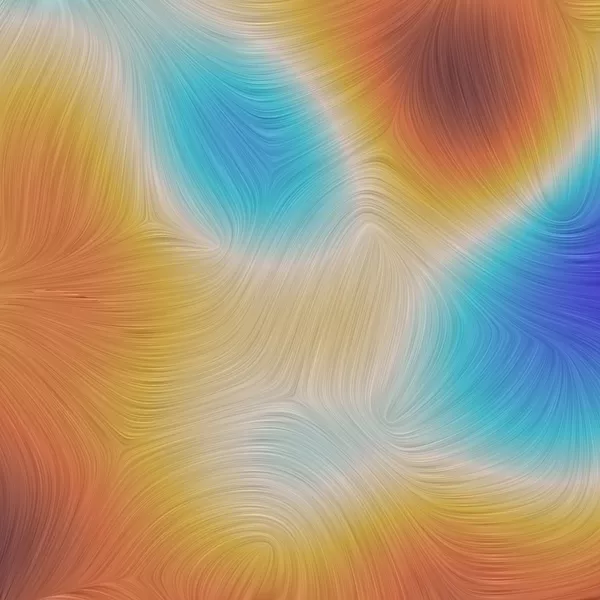 |
| Credit: Photo: ESA and the Planck Collaboration |
Polarization of cosmic microwave radiation.
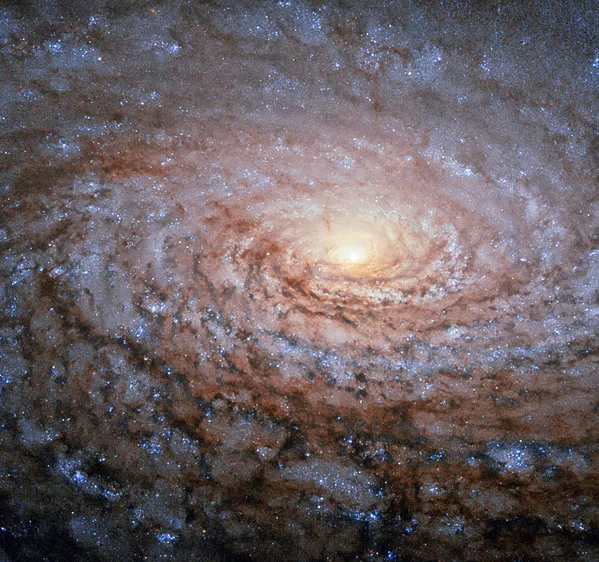 |
| Credit: Photo: ESA / Hubble & NASA |
Galaxy Messier 63, or M 63, taken by the Hubble telescope. In terms of their location, the spiral arms of the galaxy resemble the pattern in the center of a sunflower, hence its other name - the Sunflower galaxy. M 63 is located in the constellation Canis Hounds. It was first discovered in 1779 by the astronomer Pierre Meschen. Messier 63 is located about 27 million light years from Earth and belongs to the M51 group - a group of galaxies that was named after the brightest of them - Messier 51.
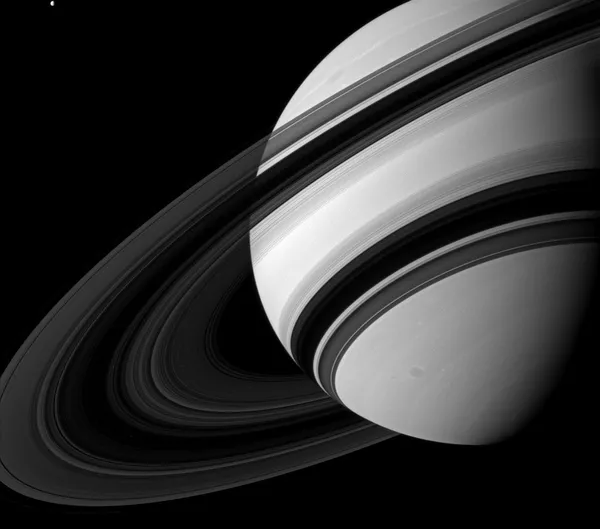 |
| Credit: NASA / JPL-Caltech / Space Science Institute |
Image of the planet Saturn published by NASA.
©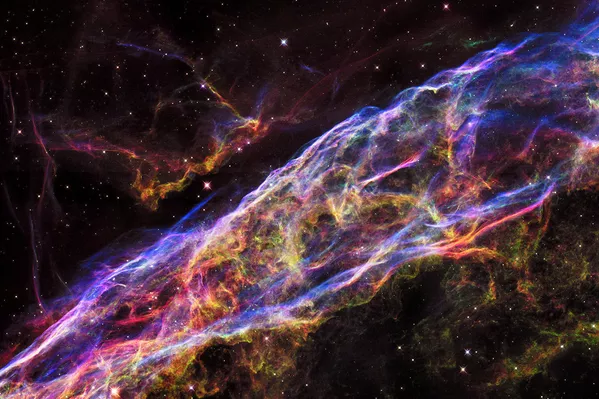 |
| Credit Photo: NASA, ESA, and the Hubble Heritage Team (STScI / AURA) |
An image of an exploding supernova taken with the Hubble Telescope.
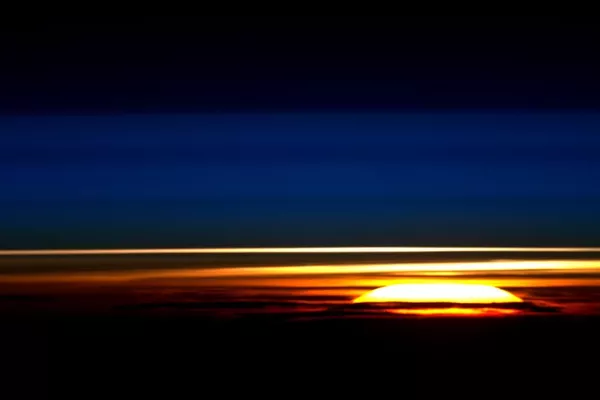 |
| Credit: NASA / Tim Peake |
Dawn captured from the International Space Station. Astronaut Tim Peake posted this photo on his Twitter page, accompanied by the words: "We see 16 sunrises every day, but none of them has ever been as beautiful as this one. Good morning, Earth!"
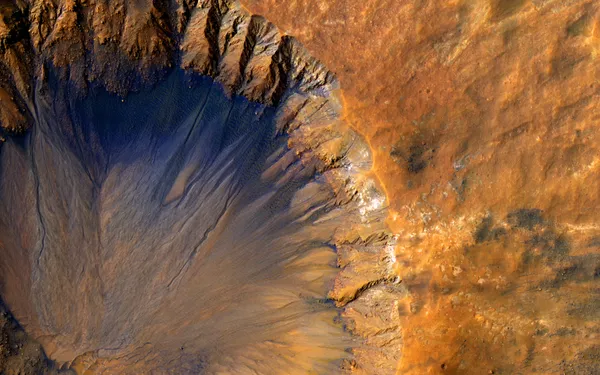 |
| Credit: NASA / JPL / University of Arizona |
An image of a crater near the Sirenum Trench on Mars, published by NASA.
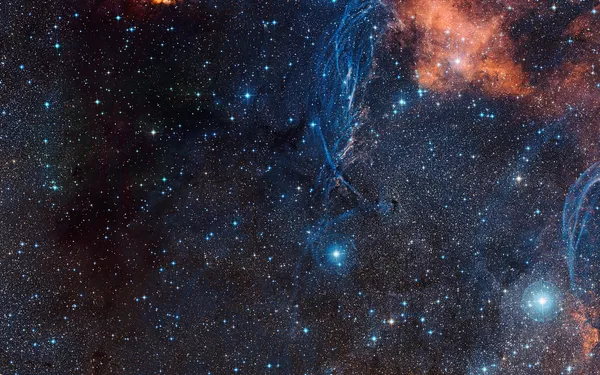 |
| Credit: Photo: ESO / Digitized Sky Survey 2 |
The constellation Sails, located in the southern hemisphere of the sky. Its southern part lies on the border with the Milky Way. The constellation area is 500 square degrees. In the constellation Sails, there are 195 stars that can be seen with the naked eye from Earth.
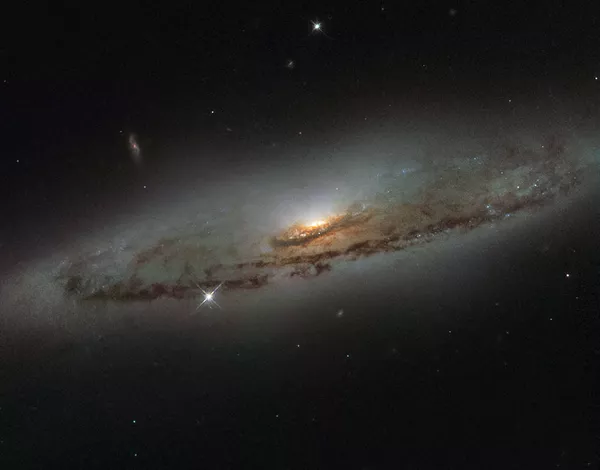 |
| Credit: Photo: ESA / Hubble & NASA and S. Smartt (Queen's University Belfast) |
Spiral galaxy NGC 4845, captured by the Hubble Space Telescope. She is in the constellation Virgo. This galaxy was discovered in 1786 by the English astronomer William Herschel. It is located about 65 million light years from Earth. At the center of the galaxy is a supermassive black hole capable of engulfing objects.
 |
| Credit: Photo: Roscosmos / Yuri Malenchenko |
A snapshot of the smoking volcano Etna taken by Russian cosmonaut Yuri Malenchenko.
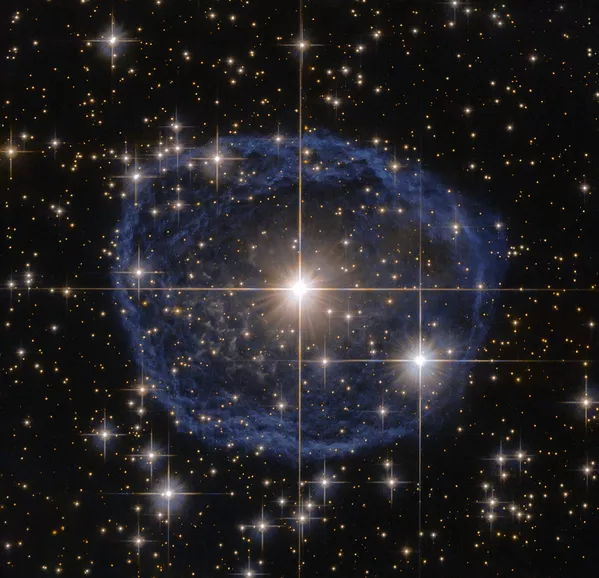 |
| Credit: Photo: ESA / Hubble & NASA, Acknowledgment: Judy Schmidt |
The Wolf-Rayet star WR 31a, captured by the Hubble telescope. This is a rather rare star. This cosmic body is at a late stage of evolution and has a special spectrum of radiation. The Wolf-Rayet WR 31a lies within the constellation Carina. The distance from Earth to this space object is equivalent to 30 thousand light years.
 |
| Credit: Photo: Roscosmos / Sergey Volkov |
Exotic Caribbean islands captured by Russian cosmonaut Sergei Volkov from the International Space Station.
Awesome pics 😍😍😍😍😍
ردحذفإرسال تعليق